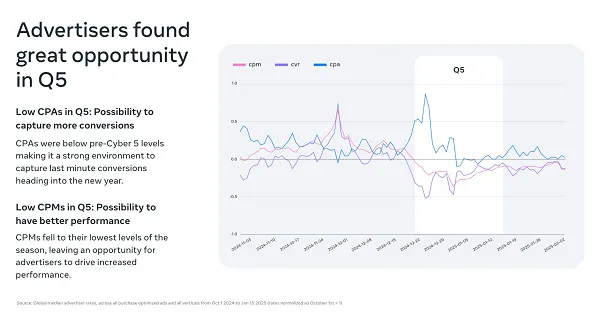Australia’s unique position as a hypercompetitive test market for emerging technologies places the nation at the forefront of vehicle-to-grid (V2G) developments, according to Nigel Morris, chief strategy officer at Australia’s Smart Energy Council and a 35-year energy sector veteran.
Morris, who has witnessed the transformation of Australia’s energy landscape from its early days with BP Solar through to his current role at the Smart Energy Council, identifies V2G technology as the breakthrough application that could reshape the country’s approach to distributed energy resources.
“The wild card is V2G,” Morris tells EV Infrastructure News. “I’m interested in EVs, and we’re seeing EVs start to grow in Australia. V2G, to me, seems like an immensely practical use of storage capacity.”
Morris points to Australia’s current market conditions as creating an ideal environment for V2G adoption. Global volatility in EV pricing and incentive structures has created opportunities that Australian consumers and businesses are positioned to exploit.
“We have a lot of risk and volatility in Australia because of global markets, EV pricing, and incentives worldwide. At the moment, Australia is benefiting from that,” Morris explains.
“We are a hyper-competitive test market. It’s been the trend that Australia is a testing ground for price elasticity and technology adoption.”
This competitive environment has established Australia as a proving ground for technologies before they achieve broader market acceptance. Morris suggests this pattern will continue with V2G technology, although he acknowledges the timeline for mainstream adoption remains uncertain.
“I think it’s been demonstrated that plenty of excess capacity could be used in a large EV fleet. I think we’re still some years away from that being real. But that’s the technology that will take us another big leap forward,” Morris adds.
12 years of electric mobility experience provide insight
Morris brings a unique perspective to the EV infrastructure discussion through his experience as an early adopter of electric motorcycles. He has been riding electric motorcycles for 12 years and is currently on his third, a Harley-Davidson LiveWire.
“I’ve been trading up as the years go by, and getting better and better tech,” Morris notes, describing his current motorcycle as “a wicked machine” that represents “the pinnacle” of electric motorcycle technology.
His involvement in what he jokes is “the world’s least profitable EV sector” provides insight into EV manufacturers’ challenges across all segments. “The need for performance electric motorcycles is so hard. No one’s making money, but everyone’s having a good crack,” he says.
Software integration holds key to V2G success
The path to V2G implementation faces significant technical hurdles, particularly in terms of software integration and communication protocols. Morris emphasises the critical role of software evolution in enabling transparent and efficient communication between multiple parties in the energy ecosystem.
“I still believe that the evolution of software that allows transparent and efficient communication in multiple directions between multiple parties is the key,” Morris explains. “What that gives us is dynamic assets that offer consumers and businesses choice.”
The vision extends to creating a unified national platform that would allow participants to engage with aggregated central control systems while maintaining flexibility in their level of participation. This approach would enable consumers to choose between full grid integration and maintaining independence from centralised systems.
Alongside this, Australia’s regulatory framework has evolved to accommodate distributed energy resources (DERs), such as solar PV, though Morris acknowledges the journey has been challenging. However, the development of dynamic control mechanisms and emergency backstop systems has created a foundation that could support V2G integration.
“We now have some very clever and very sophisticated regulations that have come into the marketplace,” Morris says, citing dynamic control systems that can manage energy flows based on network requirements and market conditions.
These regulatory advances have enabled larger system installations that can reduce output during network stress while operating at full capacity during favourable conditions. The framework explains how V2G systems might be integrated into grid management protocols.
Competitive market conditions accelerate technology adoption
Morris anticipates continued growth in Australia’s EV sector, supported by the nation’s competitive market dynamics and technology adoption patterns. The favourable market conditions and regulatory frameworks position Australia to lead global V2G development.
“We love a bit of tech. We are a great market for that early stuff when it settles down to an equilibrium where you go: ‘Hang on. This makes sense,'” Morris says, suggesting that V2G technology will follow similar adoption patterns to other technologies that have succeeded in the Australian market.
The success of V2G implementation will ultimately depend on the continued evolution of software platforms that enable seamless communication between vehicles, grid operators, and energy markets.
Australia’s experience developing dynamic control systems for distributed solar resources provides a regulatory template that could facilitate this integration.


